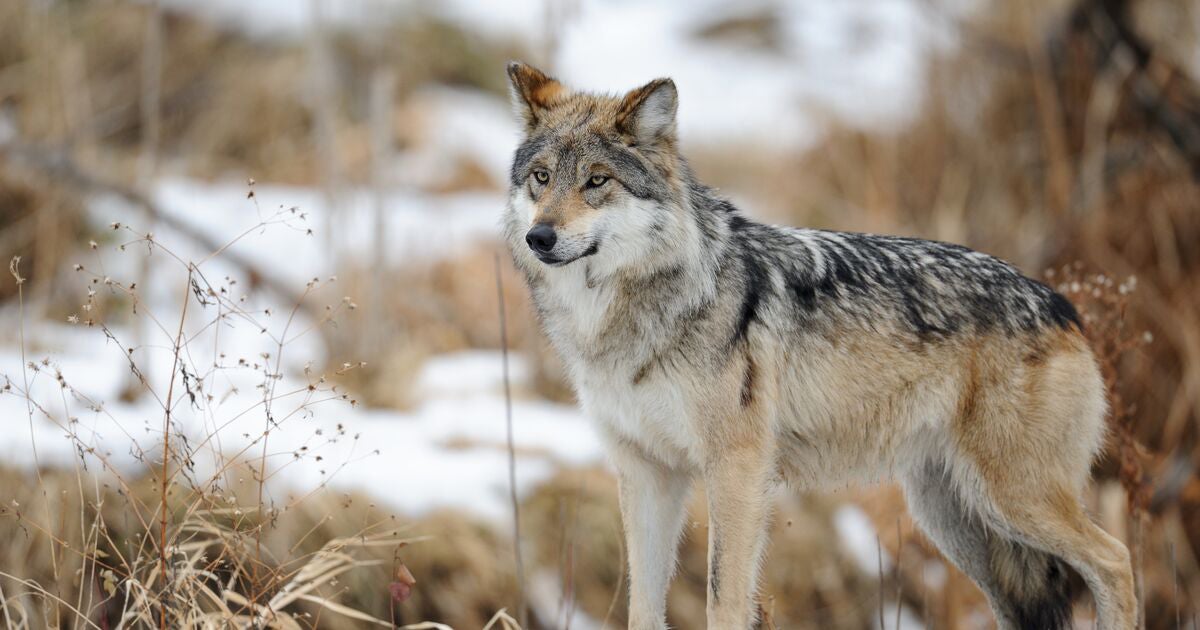Earthjustice goes to court for our planet.
We’re here because the earth needs a good lawyer.
Court Victory Renews Hope for Survival of Lobos
This page was published 4 years ago. Find the latest on Earthjustice’s work.
A court ruling just boosted the chances of survival for the Mexican gray wolf, one of the most endangered mammals in North America. The legal victory forces the US Fish and Wildlife Service (FWS) to develop a real plan to stop human killing of the wolves, also known as lobos.
One of Earthjustice’s chief goals is to halt the mass extinction of animals and plants. Our fight for the Mexican gray wolf highlights one way we do that: When the government fails to put forward serious recovery plans for imperiled species, we sue it in court to compel it to do so.
Today’s victory in court tells the government to go back and fix its broken plan to save these rare wolves.
- For 38 years, the US government had no valid recovery plan for the Mexican gray wolf.
- In 2014, Earthjustice sued FWS to develop a plan before it was too late. Only 83 wolves were left in the wild at that point.
- The Trump administration released a fatally flawed recovery plan that ignored the best available science in setting population goals, set aside insufficient habitat, and failed to protect the wolves from poachers. Earthjustice sued again.
In response to Earthjustice’s challenge, a judge agreed that the Trump administration’s plan did not do enough to stop illegal poaching — the no. 1 cause of deaths for the lobo.
- By the mid-1980s, human persecution of the Mexican wolf wiped out the wild population of lobos . The federal government did much of the killing on behalf of ranchers.
- The existing population derives from just seven lobos that were captured and bred in captivity.
- As lobos have been reintroduced into the wild, 105 wolves have been killed unlawfully over the past two decades. Fewer than 250 lobos survive in the wild today.
“More than 70% of documented Mexican wolf mortalities are human-caused,” says Earthjustice attorney Elizabeth Forsyth. “We’re glad that the Court has recognized that for the Mexican wolf to survive, the Fish and Wildlife Service must put in place a robust plan that includes concrete actions to address the threat of illegal killing.”
The Mexican gray wolf belongs in the ecosystem of the US Southwest.
- Wolves play an important role in keeping food webs in balance. Restoring wolf populations in Yellowstone and other places has made the whole ecosystem healthier. The return of lobos could have similar benefits for the Southwest.
- However, because of its brush with extinction and revival from only seven individuals, the Mexican wolf faces added challenges from a lack of genetic diversity.
- Beyond addressing the poaching problem, the government’s recovery plan must expand habitat to establish two more populations in suitable regions and connect them together with the current population in eastern Arizona and western New Mexico.
As Earthjustice continues the fight, you can help the Mexican wolf’s northern cousin – the gray wolf – by signing our petition:
